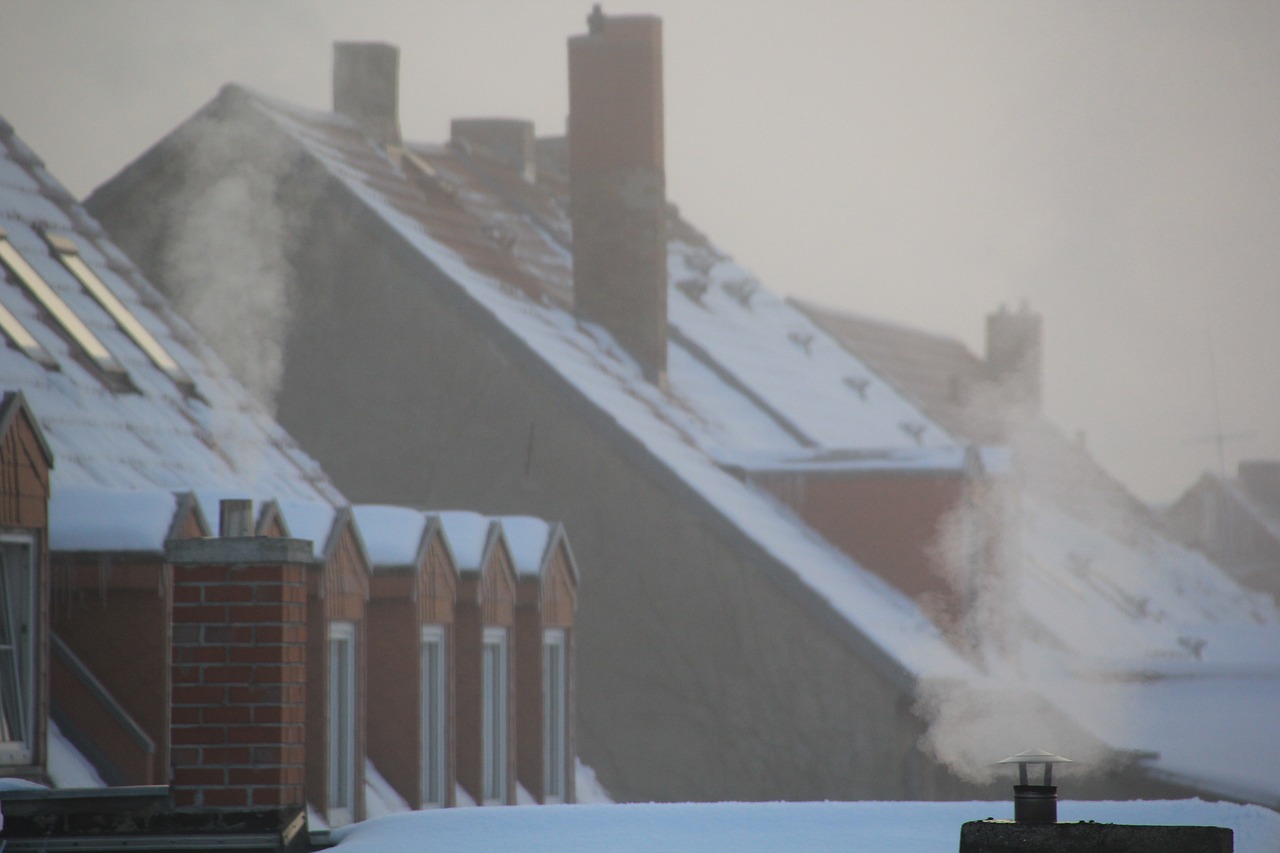
There are three distinct aspects of the current energy crisis facing Europe this winter, collectively converging into a perfect storm. Europeans are experiencing unprecedented gas and electricity prices, struggling to ensure there is sufficient natural gas available to meet demands, while also trying to cope with possible disruptions to electricity supply.
How has Europe arrived at this point and what can be done about it?
First, the energy price increases are directly associated with European dependence on fossil fuels, in particular on Russian natural gas. The gas supply challenges began during 2021 and have been amplified significantly during the past eight months.
As the world emerged from the Covid-19 pandemic, commercial and public buildings requiring cooling in summer and heating in winter increased the demand for natural gas. Manufacturing that had been paused also restarted, further growing gas demand.
Natural gas supply has not however kept pace with demand and the challenges in increasing gas supply were deeply exacerbated in early 2022 when Russia invaded Ukraine, reducing gas supply to the EU in response to economic sanctions.
The result was been a tenfold increase in wholesale gas prices relative to early 2021 levels.
Gas bills have not increased tenfold, but Europe’s consumers have nonetheless seen bills typically more than doubling relative to 2021.
This has increased the number of households experiencing energy poverty and has put huge pressure on businesses, with a number of companies and factories forced to close.
Second, in addition to the price hikes, Europe is facing the prospect of possibly not having enough natural gas this winter.
This could be far more devastating in impact than the price increases, as is clear from the experiences in Texas in February 2021, when power cuts and gas cuts happened together.
Third, the EU also may experience power cuts this winter if there is not enough gas because more than a fifth of the European Union’s electricity is generated using natural gas.
Reduced nuclear power generation in France adds to electricity shortage risks, due to delays during the Covid-19 period in normal scheduled servicing and maintenance leading to reduced availability.
Reduced hydro power generation in Sweden is also a factor, due to lower-than-normal rainfall levels during summer.
So what is Europe doing in response?
The EU has adopted a three-part plan to address the risks of gas supply shortages.
First, it is increasing gas imports from countries other than Russia—cargo shipments from the United States and elsewhere, along with augmented pipeline imports from Norway, Azerbaijan, and Algeria.
Second, diversifying away from natural gas is also key, in particular by accelerating investments in energy efficiency and renewable energy, supplemented by substituting gas with coal, oil, and nuclear energy—these supplements being a temporary measure only to ensure no negative impacts on EU climate policy.
Third, reducing demand is another key, through an EU regulation targeting a 15% natural gas reduction by Member States and a promotional campaign encouraging homes and businesses to reduce gas usage.
There are clear signs of progress in this, in particular looking at gas storage levels for this winter. The EU target was to fill up to 80% of the storage capacity by the end of October. This was surpassed with 95% achieved by mid-November.
In parallel, EU Member States have implemented additional measures mitigating risks of electricity supply shortages, such as the penalties (in particular for businesses and manufacturing companies) for using electricity at peak times and ensuring existing power plants and large industrial electricity customers have back-up fuel and power generation options available on site if required.
Finally, policy measures are also being introduced, protecting households and businesses this winter through targeted budgetary supports. Increased fuel allowances, progressive changes in taxation, free boiler servicing, accelerated free retrofitting, etc., limit as much as possible households having to choose between eating and heating.
Additional measures are also under discussion, including gathering extra revenues from energy companies that are benefitting from the high prices, and using this to compensate vulnerable customers, placing a cap on Russian gas prices and increasing liquidity for electricity companies struggling with cash flow problems.
The current flurry of discussions and policy responses, along with a healthy level of panic appear to be sufficiently prompting actions to ensure that the lights are kept on and homes are adequately warm this winter. The fortunately mild weather this fall has also helped.
There is increasingly a sense that this winter will be ok, and attention is quickly switching to the next winter and the challenges it will bring.
Brian Ó Gallachóir was a visiting scholar at the MIT Energy Initiative (MITEI) in fall 2022. During his time at MITEI, he presented a talk on this subject. He is a professor of energy engineering at University College Cork, in Ireland.